Lesson 6
Use More, Fewer, or the Same Number to Describe Groups
Warm-up: How Many Do You See: Fingers 1–10 (10 minutes)
Narrative
The purpose of this How Many Do You See is for students to recognize quantities represented with fingers without having to count. In this warm-up, students see numbers represented by the teacher. Students may show the number with their fingers before answering, “How many do you see?” if it is helpful. At this point, some students may recognize numbers 1–10 represented with fingers and some may still need to count.
Launch
- Groups of 2
- “How many do you see? How do you see them?”
- Display 4 fingers.
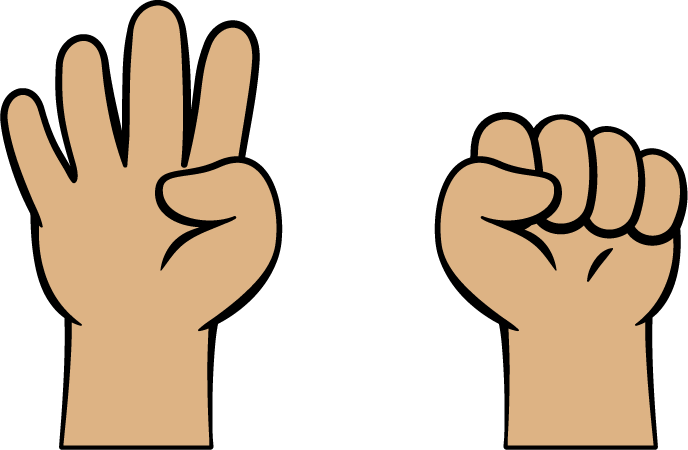
Activity
- “Discuss your thinking with your partner.”
- 30 seconds: partner discussion
- Share responses.
- Repeat with 8 fingers and 10 fingers.
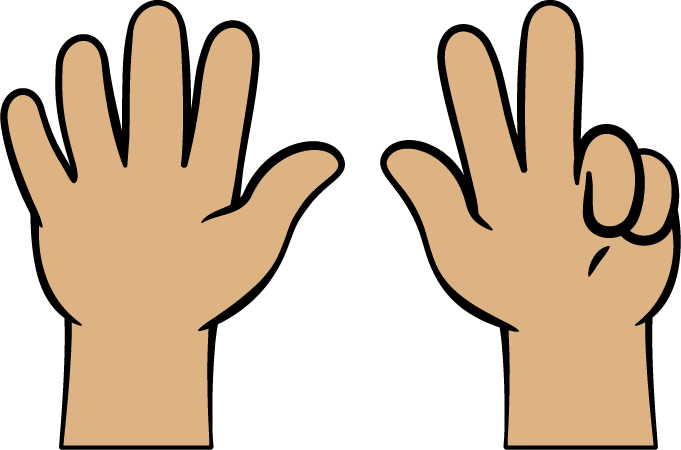
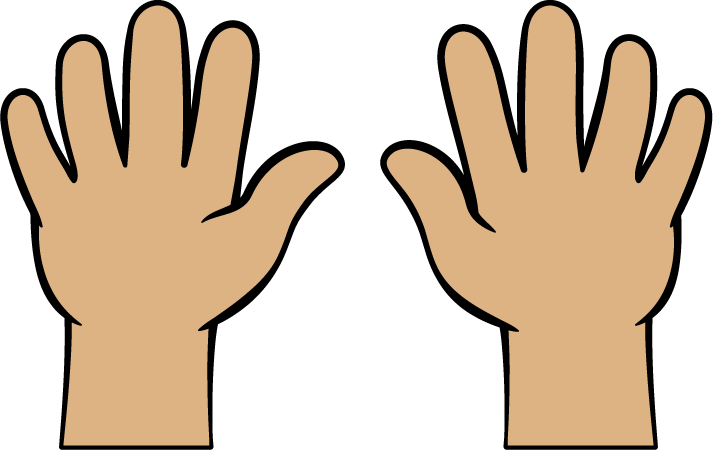
Student Response
For access, consult one of our IM Certified Partners.
Activity Synthesis
- “Show 8 fingers.”
- “Now show more than 8 fingers.”
- “How many fingers are you showing now?” (9, 10)
- “Show 8 fingers again.”
- “Now show fewer than 8 fingers.”
- “How many fingers are you showing now?” (1, 2, 3, 4, 5, 6, or 7)
Activity 1: Match Bags to Comparison Statements (10 minutes)
Narrative
The purpose of this activity is for students to consider different comparison statements and find the group of objects that matches each statement. This activity gives students more experience with comparison language that they will be asked to produce in the next activity.
Other red and blue materials, such as pattern blocks, can be used if needed to create all the bags.
Required Materials
Materials to Gather
Required Preparation
- Each group needs three bags of 10 or fewer cubes:
- Bag 1: fewer red cubes than blue cubes
- Bag 2: more red cubes than blue cubes
- Bag 3: the same number of red and blue cubes
Launch
- Groups of 3
- Give each group 3 bags of cubes.
- “I am going to read a statement to you about the cubes. Your job is to find the bag of cubes that matches the statement.”
- “In this bag, there are more red cubes than blue cubes.”
Activity
- 1 minute: small-group work time
- Share response.
- “How did you know that bag matched the statement?” (We lined up the red cubes and the blue cubes and saw more red. We counted the red cubes and the blue cubes.)
- “Let’s all say, ‘There are more red cubes than blue cubes.’”
- Repeat for the next 2 statements:
- “There are fewer red cubes than blue cubes.”
- “There are the same number of red cubes and blue cubes.”
Student Response
For access, consult one of our IM Certified Partners.
Activity Synthesis
- Display 4 red cubes and 5 blue cubes.
- “Finish this sentence. There are more ___ cubes than ___ cubes.”
Activity 2: Cube Tower Walk and Talk (15 minutes)
Narrative
The purpose of this activity is for students to have multiple opportunities to compare groups of objects and describe their comparisons using the language “more,” “fewer,” and “the same number.” In making comparisons, students have a reason to use language precisely (MP6). When students compare the number of cubes in the towers, they may need to work at a surface so that they can line up and match the cubes in each tower. This activity can also be adapted to happen at tables or desks, with students moving seats to switch partners.
Advances: Listening, Speaking
Supports accessibility for: Memory, Organization
Required Materials
Materials to Gather
Launch
- Give students access to connecting cubes.
- “Take a handful of cubes and put them together into a tower.”
- “You are going to walk around the room with your cube tower. When you hear the signal, find a partner.”
- “Figure out whose tower has more cubes and whose tower has fewer cubes. Use statements like ‘You have more cubes than I do.‘, ‘I have fewer cubes than you.‘, or ‘We have the same number of cubes.‘”
- “When I give the signal, find a new partner and figure out whose tower has more cubes and whose tower has fewer cubes.”
Activity
- 10 minutes: whole-class work time
- Give the signal to find a new partner at least 3 times.
Student Response
For access, consult one of our IM Certified Partners.
Activity Synthesis
- Invite two students to come to the front of the room with their cube towers.
- “How can we use ‘more,’ ‘fewer,’ or ‘the same number’ to talk about these towers?”
Activity 3: Centers: Choice Time (20 minutes)
Narrative
The purpose of this activity is for students to choose from activities that offer practice with number and counting concepts. Students choose from any stage of previously introduced centers.
- Less, Same, More
- Number Race
- Shake and Spill
- Math Fingers
- Pattern Blocks
- Picture Books
Required Materials
Materials to Gather
Required Preparation
- Gather materials from:
- Less, Same, More, Stages 1
- Number Race, Stage 1
- Shake and Spill, Stages 1 and 2
- Math Fingers, Stages 1 and 2
- Pattern Blocks, Stages 1-3
- Picture Books, Stages 1 and 2
Launch
- “Today we are going to choose from centers we have already learned.”
- Display the center choices in the student book.
- “Think about what you would like to do first.”
- 30 seconds: quiet think time
Activity
- Invite students to work at the center of their choice.
- 8 minutes: center work time
- “Choose what you would like to do next.”
- 8 minutes: center work time
Student Facing
Choose a center.
Less, Same, More

Shake and Spill
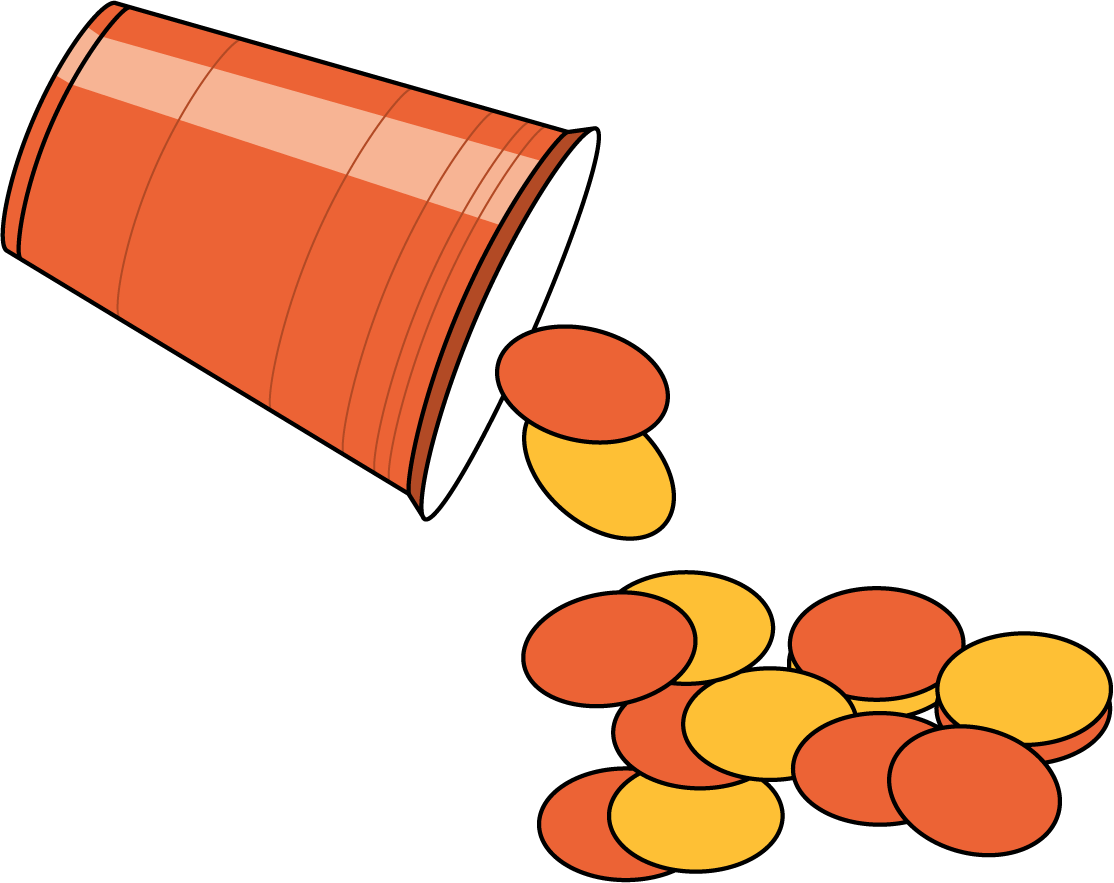
Number Race
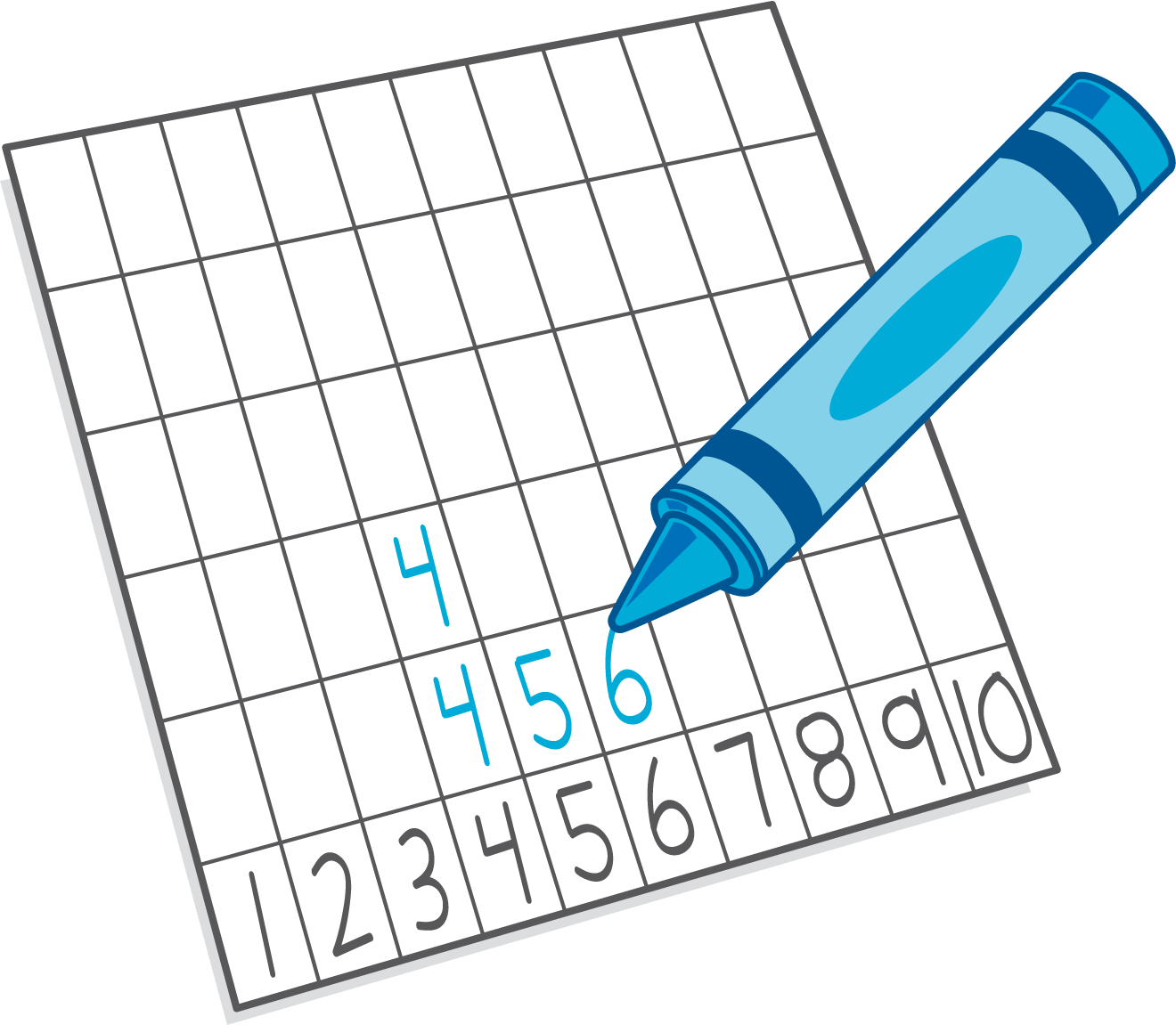
Math Fingers
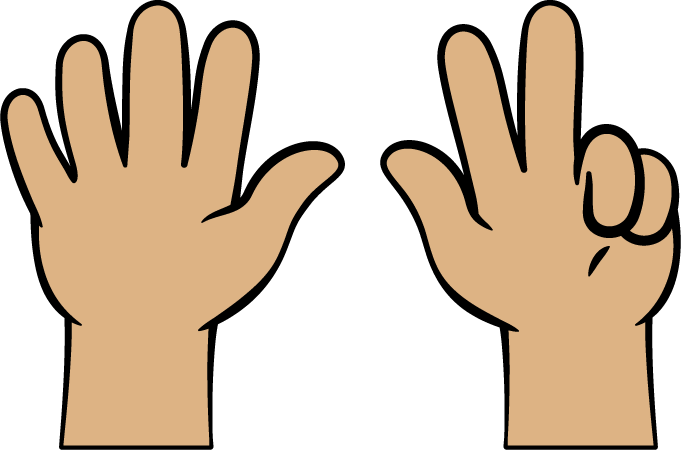
Pattern Blocks

Picture Books

Activity Synthesis
- “Why is it important to put our center materials away neatly?” (So we will know where everything is next time we work in these centers.)
Lesson Synthesis
Lesson Synthesis
“Today we used ‘more,’ ‘fewer,’ and ‘the same number’ to describe and compare the number of objects in different groups.”
Call some students up to the front of the room in order to make a group of 6 students and another group of 9 students.
“How can we use ‘more,’ ‘fewer,’ or ‘the same number’ to describe the number of students in these groups?”
Cool-down: Unit 2, Section A Checkpoint (0 minutes)
Cool-Down
For access, consult one of our IM Certified Partners.
Student Section Summary
Student Facing
In this section, we counted many groups of objects.
We also figured out which groups had more objects and which groups had fewer objects.
Sometimes we could tell, just by looking, that there were more red counters than yellow counters.

Sometimes we lined up and matched the objects to see if there were fewer red counters or yellow counters.

There are fewer yellow counters than red counters.